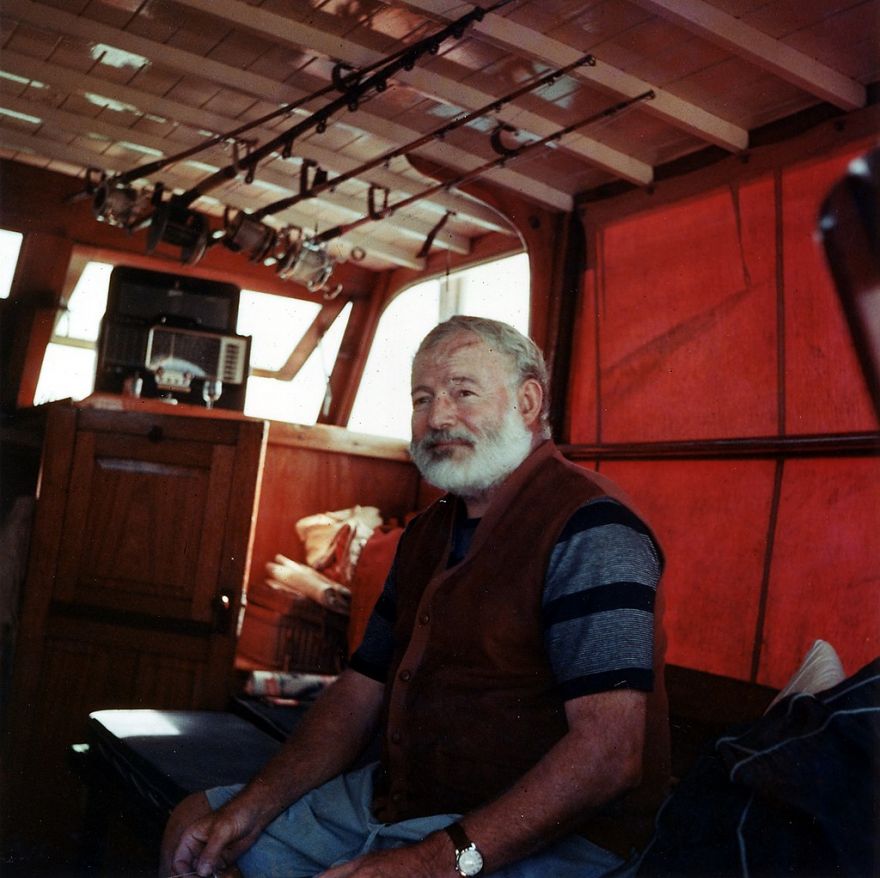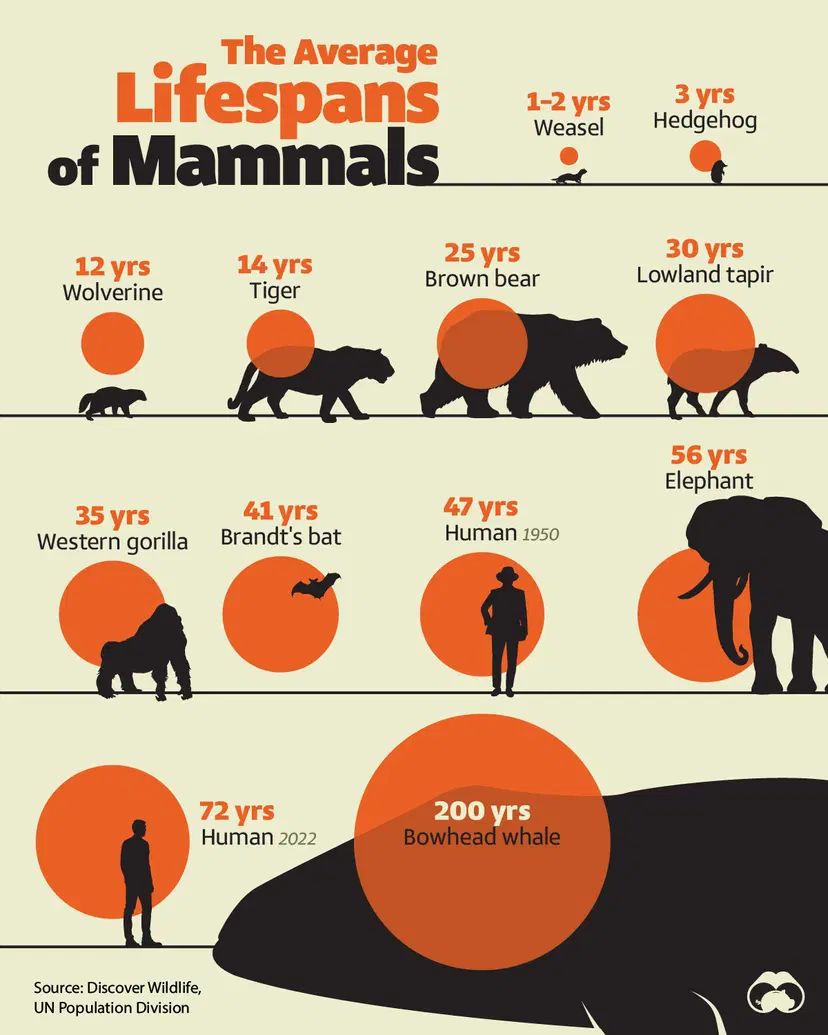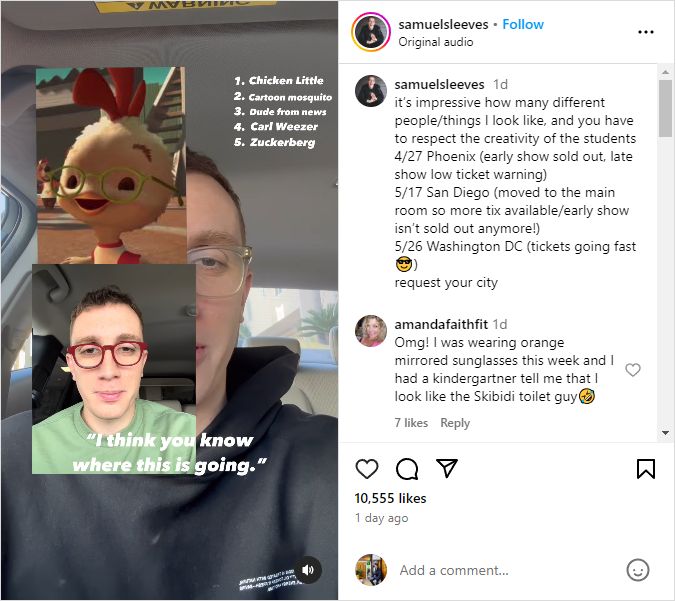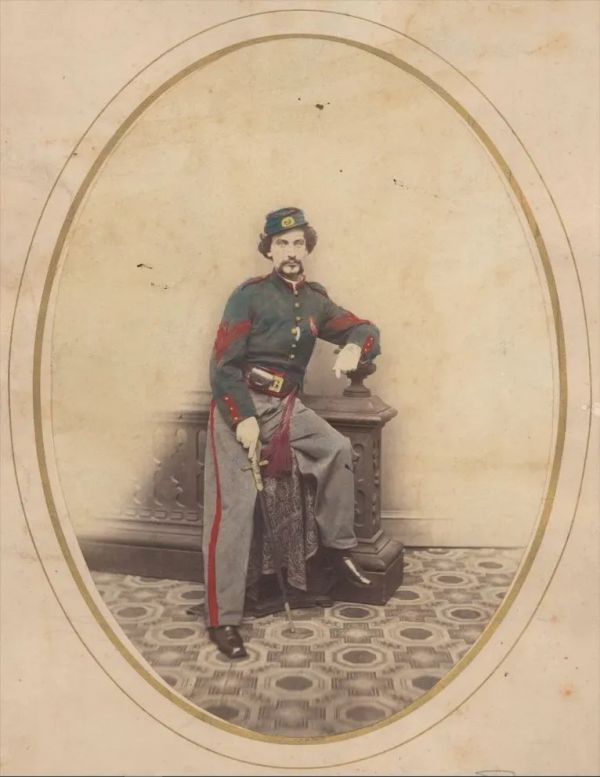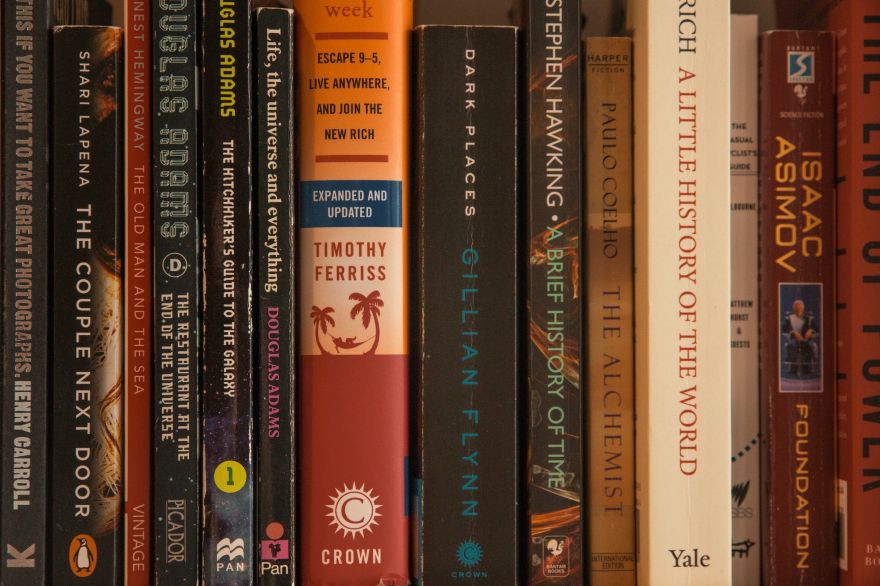
As I have said before, I love books, especially the physical copies of books. There are many factors that make a physical book different from a digital copy. There are the sensations: the smell of the pages, the texture of the paper, the art on the cover of the book. All of these contribute to why I prefer physical books over ebooks. But the publishing industry might not be long for this world.
Recently, the merger between Penguin Random House and Simon & Schuster was denied by the federal courts, otherwise the Big Five publishing houses would have become the Big Four. And there are several reasons why the publishing industry is struggling. But the major one is that nobody is buying books.
To be more specific, publishing houses aren't making much profit. Out of all the books that they publish each year, only a handful of books actually make a return on the investment. And only a select number of titles can be considered cash cows for these businesses. Not only that, but the growth of ebooks and digital distribution have made it even more difficult for traditional publishing houses to stay afloat.
It's a harsh reality to swallow, but for any aspiring writer, really the best option that they have is to build their own base of followers, and become independent. But that takes years of grueling hard work, and the payoff is uncertain. Since the whole publishing industry is dependent on whether titles will have demand in the market, it's oftentimes a complete gamble to even buy the rights to publishing a certain book.
And even titles that are expected to become bestsellers aren't always guaranteed that they're going to sell. It's a hit or miss, and according to many industry veterans, the hits often are just once every five years or so. Much of their profits come from franchise authors or celebrity books.
With the advent of Amazon, the whole ballgame has shifted. Publishing houses pay tons of money to Amazon to help improve their search results. But if Amazon were to start publishing books, or if authors with large fanbases decide to go independent, then that will be the end of publishing houses.
In fact, if a "Netflix" or "Spotify" for books is launched, then that will be the last nail in the coffin. It will truly be the death of the traditional publishing industry as we know it. - via Metafilter
(Image credit: Stephen Phillips/Unsplash)

